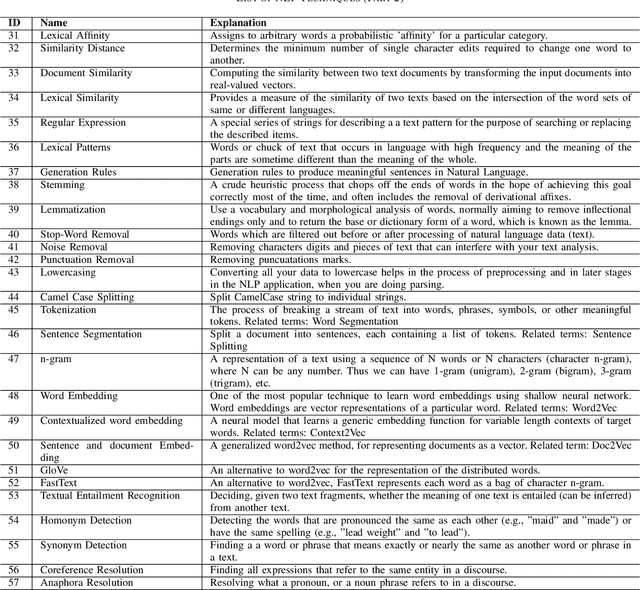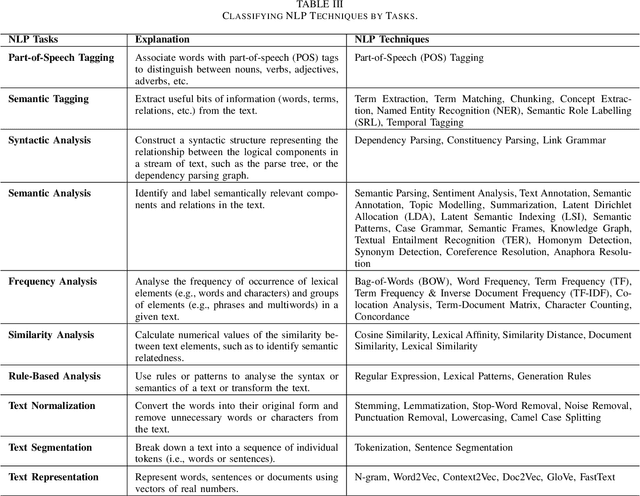Waad Alhoshan
Zero-Shot Learning for Requirements Classification: An Exploratory Study
Feb 09, 2023



Abstract:Context and motivation: Requirements Engineering (RE) researchers have been experimenting Machine Learning (ML) and Deep Learning (DL) approaches for a range of RE tasks, such as requirements classification, requirements tracing, ambiguity detection, and modelling. Question-problem: Most of today's ML-DL approaches are based on supervised learning techniques, meaning that they need to be trained using annotated datasets to learn how to assign a class label to sample items from an application domain. This constraint poses an enormous challenge to RE researchers, as the lack of annotated datasets makes it difficult for them to fully exploit the benefit of advanced ML-DL technologies. Principal ideas-results: To address this challenge, this paper proposes an approach that employs the embedding-based unsupervised Zero-Shot Learning (ZSL) technique to perform requirements classification. We focus on the classification task because many RE tasks can be framed as classification problems. In this study, we demonstrate our approach for three tasks. (1) FR-NFR: classification functional requirements vs non-functional requirements; (2) NFR: identification of NFR classes; (3) Security: classification of security vs non-security requirements. The study shows that the ZSL approach achieves an F1 score of 0.66 for the FR-NFR task. For the NFR task, the approach yields F1 ~ 0.72-0.80, considering the most frequent classes. For the Security task, F1 ~ 0.66. All of the aforementioned F1 scores are achieved with zero-training efforts. Contribution: This study demonstrates the potential of ZSL for requirements classification. An important implication is that it is possible to have very little or no training data to perform multiple tasks. The proposed approach thus contributes to the solution of the longstanding problem of data shortage in RE.
Classification of Natural Language Processing Techniques for Requirements Engineering
Apr 08, 2022



Abstract:Research in applying natural language processing (NLP) techniques to requirements engineering (RE) tasks spans more than 40 years, from initial efforts carried out in the 1980s to more recent attempts with machine learning (ML) and deep learning (DL) techniques. However, in spite of the progress, our recent survey shows that there is still a lack of systematic understanding and organization of commonly used NLP techniques in RE. We believe one hurdle facing the industry is lack of shared knowledge of NLP techniques and their usage in RE tasks. In this paper, we present our effort to synthesize and organize 57 most frequently used NLP techniques in RE. We classify these NLP techniques in two ways: first, by their NLP tasks in typical pipelines and second, by their linguist analysis levels. We believe these two ways of classification are complementary, contributing to a better understanding of the NLP techniques in RE and such understanding is crucial to the development of better NLP tools for RE.
 Add to Chrome
Add to Chrome Add to Firefox
Add to Firefox Add to Edge
Add to Edge